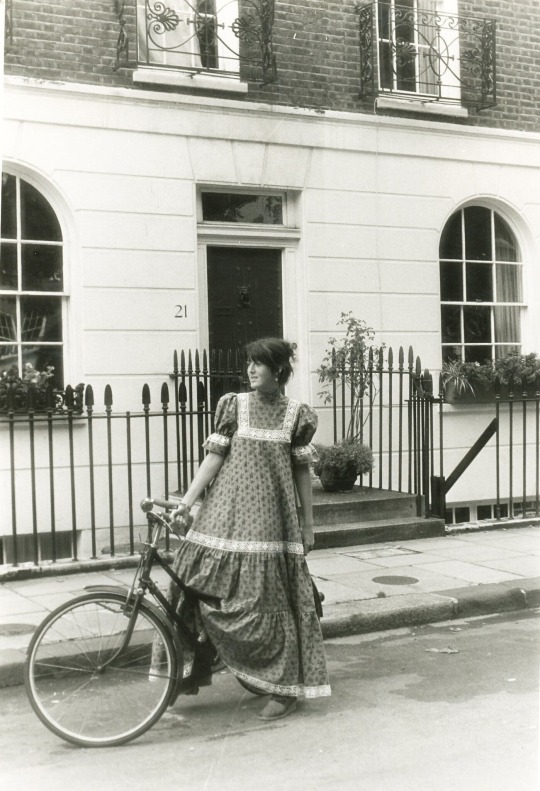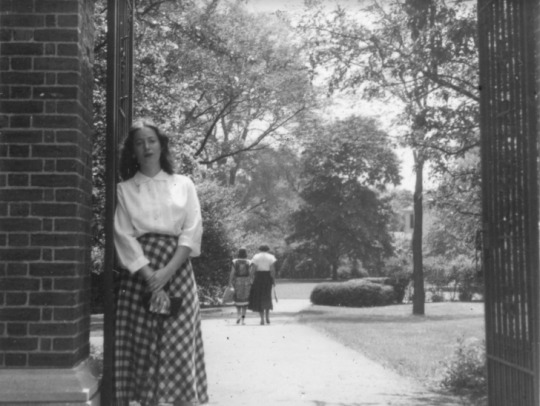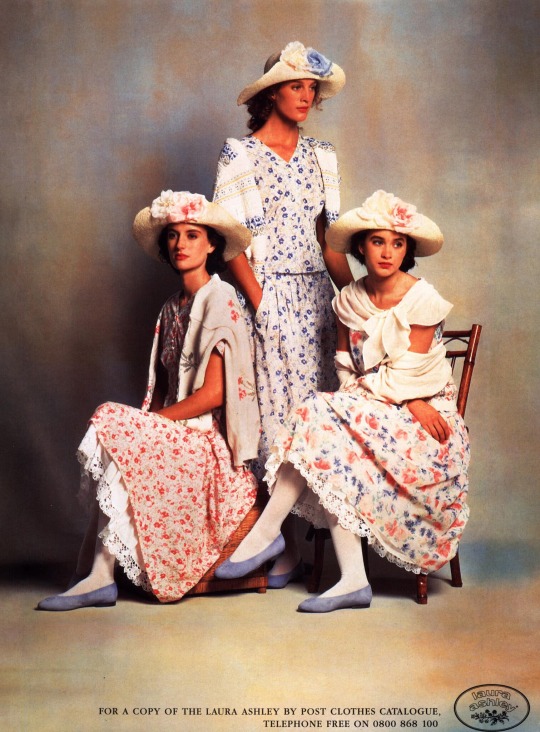Photo

Torah finials (tappuhim) made of women’s jewelry from Assrir, Morocco. Early 20th century.
64 notes
·
View notes
Photo

The Malecon. La Havana, Cuba. June 17, 2008.
Jérôme Sessini/Magnum Photos
9 notes
·
View notes
Photo

Silver Torah finials from Sana'a, Northern Yemen, early 20th century.
40 notes
·
View notes
Photo

Palermo, Sicily, Italy. The Argentinian writer Jorge Luis Borges. 1984.
Ferdinando Scianna/Magnum Photos
24 notes
·
View notes
Text
“Although they are housed on her person, from the moment they begin to show, a female discovers that her breasts are claimed by others. Parents and relatives mark their appearance as a landmark event, schoolmates take notice, girlfriends compare, boys zero in; later a husband, a lover, a baby expect a proprietary share. No other part of the human anatomy has such semipublic, intensely private status, and no other part of the body has such vaguely defined custodial rights. One learns to be selectively generous with breasts—this is the girl child's lesson—and through the breast iconography she sees all around her, she comes to understand that breasts belong to everybody, but especially to men. It is they who invent and refine the myths, who discuss breasts publicly, who criticize their failings as they extoll their wonders, and who claim to have more need and intimate knowledge of them than a woman herself.”
-Susan Brownmiller, Femininity
909 notes
·
View notes
Text

A 1970s Laura Ashley prairie dress. Courtesy of Laura Ashley
33 notes
·
View notes
Text

Laura Ashley at her home in Wales, 1977. © Magnus-Lewinska Mayotte/Bridgeman Images
24 notes
·
View notes
Text

Ursula K. Le Guin at Radcliffe, 1950 (Courtesy of the Ursula K. Le Guin Foundation)
110 notes
·
View notes
Text
I am over the passivity of good men. Where the hell are you? You live with us, make love with us, father us, befriend us, brother us, get nurtured and mothered by us, so why aren’t you standing with us? Why aren’t you driven to the point of madness and action by the rape and humiliation of us?
- Eve Ensler, Over It
3K notes
·
View notes
Photo

Aron Wiesenfeld ~ “Lost Track” oil on panel, 9"x12", 2018
twitter.com
561 notes
·
View notes
Text

Ursula K. Le Guin, 1988 (Marian Wood Kolisch)
27 notes
·
View notes
Text

Laura Ashley circa 1976. ITV/Shutterstock
6 notes
·
View notes
Text
Much of life is the narrative equivalent of dark matter, and Virginia Woolf had a name for it. “Often when I have been writing one of my so‐called novels,” she recounted, “I have been baffled by this same problem”:
That is, how to describe what I call in my private shorthand—“non-being.” Every day includes much more non-being than being. . . . As a child then, my days, just as they do now, contained a large proportion of this cotton wool, this non-being. Week after week passed at St Ives and nothing made any dint upon me. Then, for no reason that I know about, there was a sudden violent shock.
—Parul Sehgal, "The Tyrrany of the Tale"
369 notes
·
View notes
Text

The Laura Ashley store in Knightsbridge, London, circa 1985. Courtesy of Laura Ashley
6 notes
·
View notes
Text

Laura Ashley publicity photo circa 1972. Courtesy of Laura Ashley
60 notes
·
View notes
Text

1980s-era Laura Ashley print advertisement. Bridgeman Images
54 notes
·
View notes
